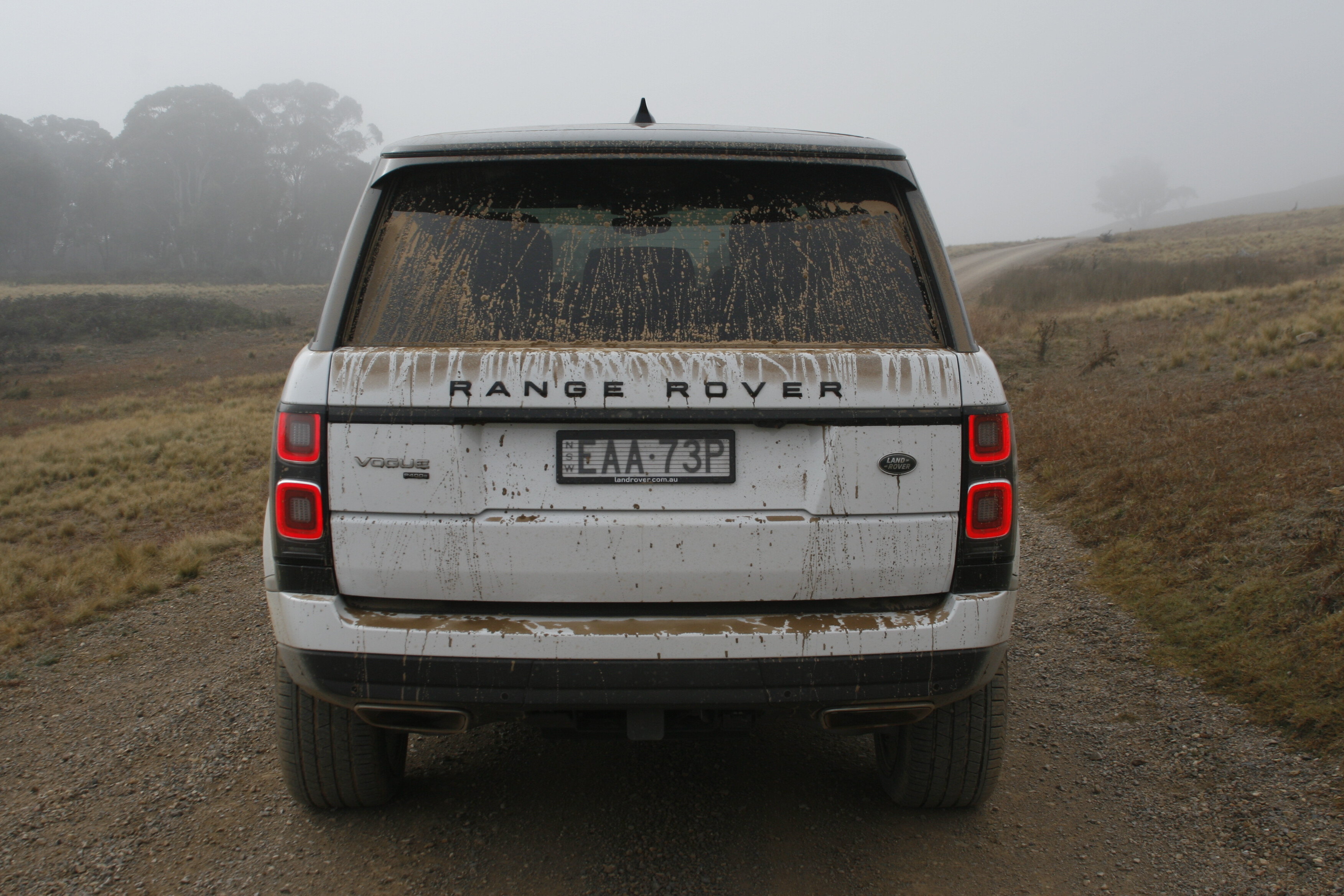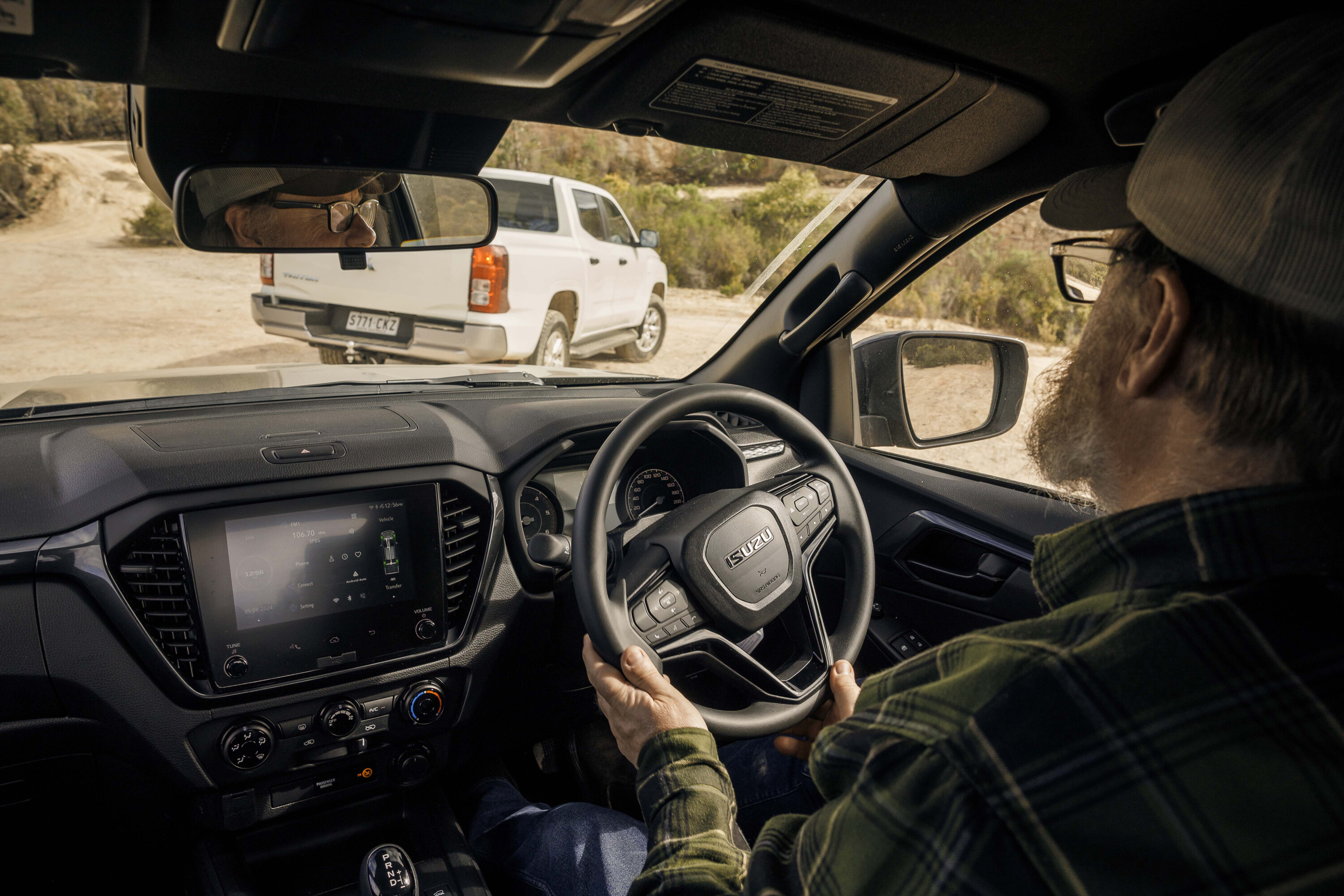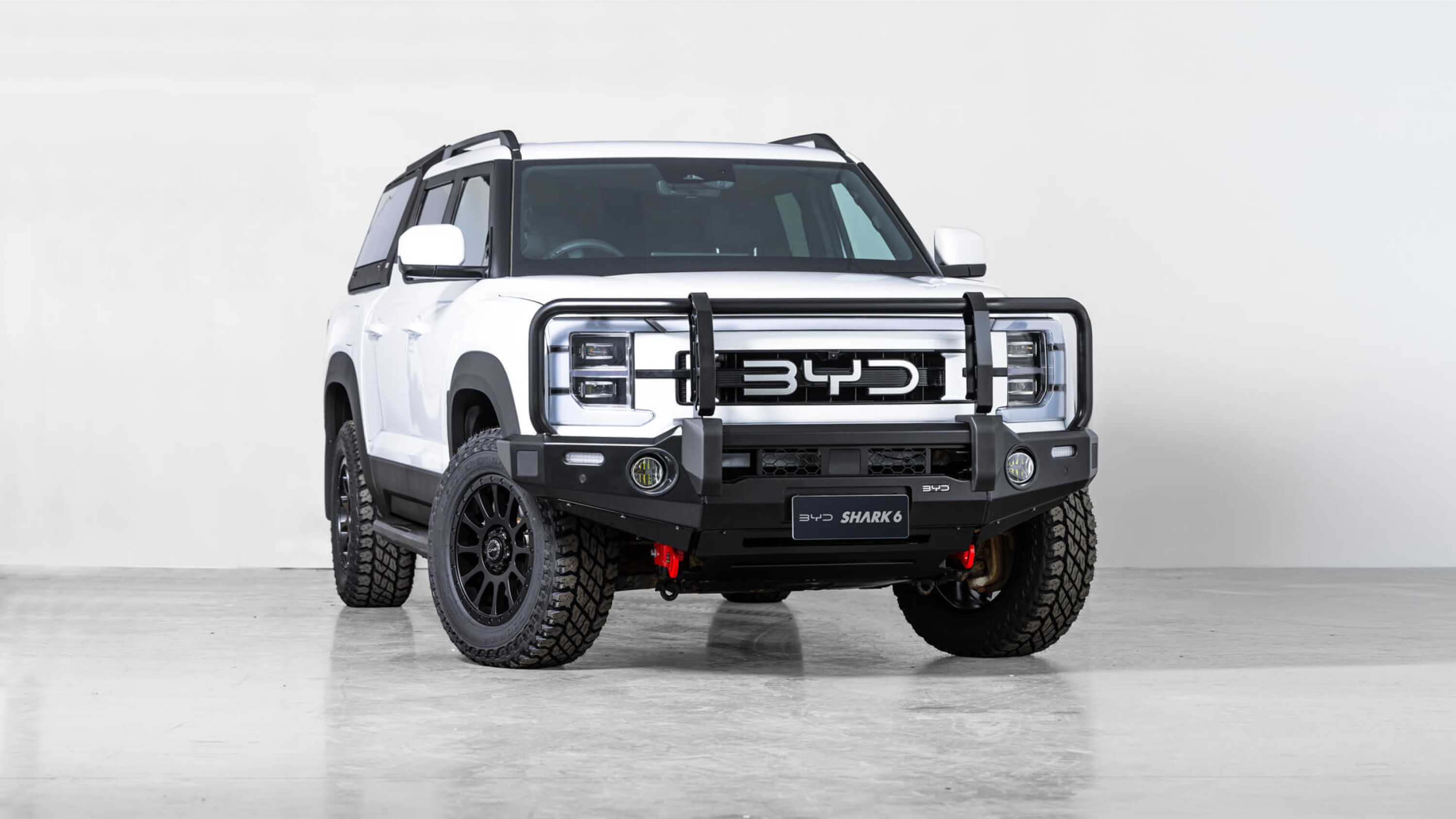Romance all we like about grunty V8s, creamy-smooth straight sixes or punch-above-their weight fours, all internal combustion engines’ primary purpose is as mundane as simply pumping air.
Without air, and its key constituent oxygen, you can’t combust either petrol or diesel. And without combustion you can’t convert the potential energy in petrol or diesel into mechanical energy to propel your vehicle. It’s as simple as that.
Popular racing fuels like methanol and more particularly nitromethane are different as they contain their own oxygen so aren’t as reliant on external oxygen for combustion. In fact nitromethane, which has double the oxygen content of methanol, can burn without any external oxygen at all.
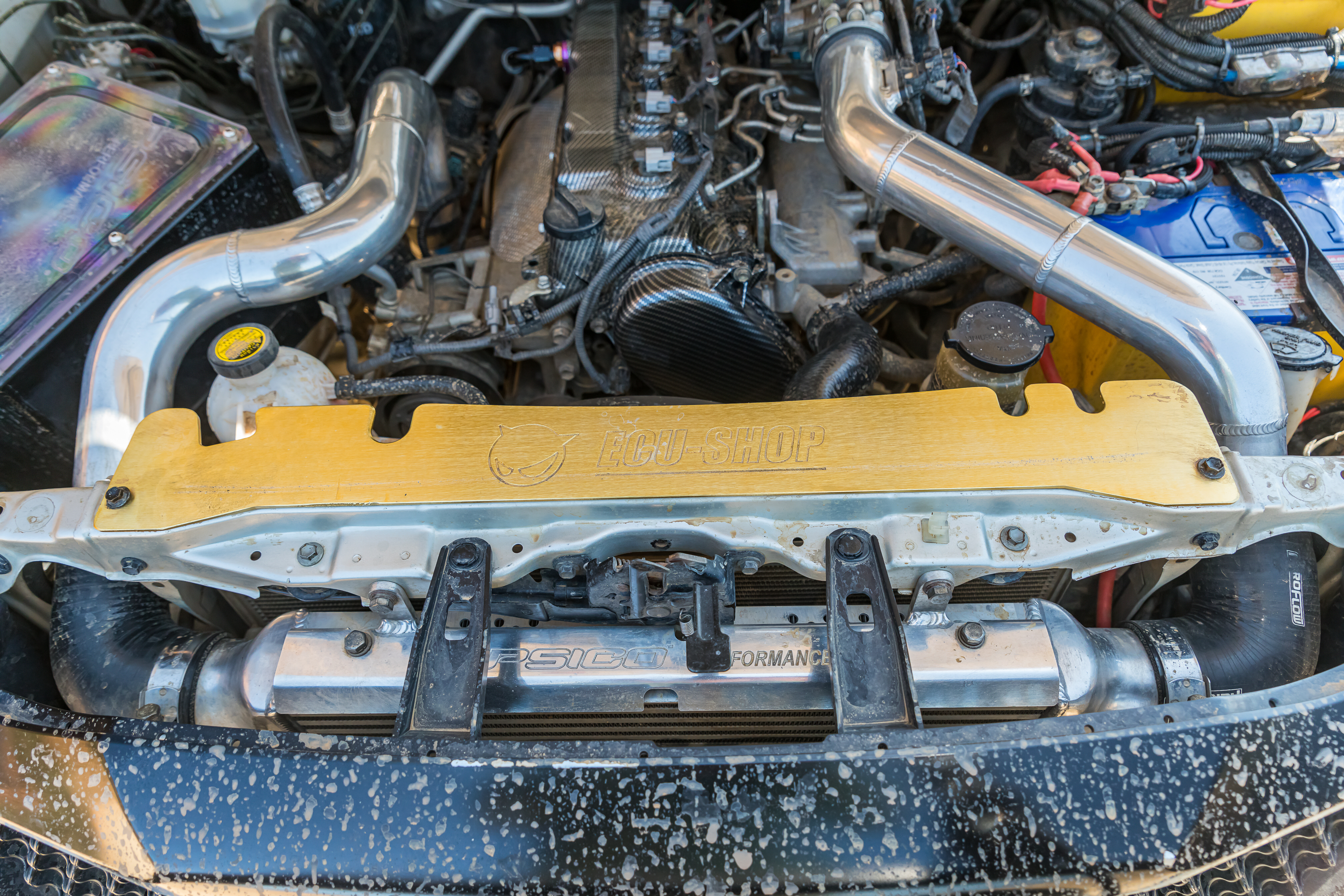
The problem faced by diesel or petrol engines is to burn either fuel you need an awful lot of air. And while getting the fuel in to the engine, specifically its combustion chamber is relatively easy, capturing the huge volume of air needed and drawing it in to the combustion chamber is extremely hard.
So how much air do you need to optimally combust a litre of either diesel or petrol? To burn a kilogram of diesel at peak efficiency you need 14.5kg of air. To optimally burn a kilogram of petrol you need 14.7kg of air. Now, given both diesel and petrol are far heavier than air by volume (with diesel being more dense than petrol), the required air-fuel ratio by volume is far more telling of the problem at hand.
To optimally combust a litre of petrol you need a whopping 5564 litres, or 5.564 cubic metres, of air. To optimally combust a litre of diesel you need even more air, some 6346 litres or 6.346 cubic metres. (Air volumes calculated at normal temperature and pressure as the volume occupied by a given weight of air varies with temperature and pressure.)
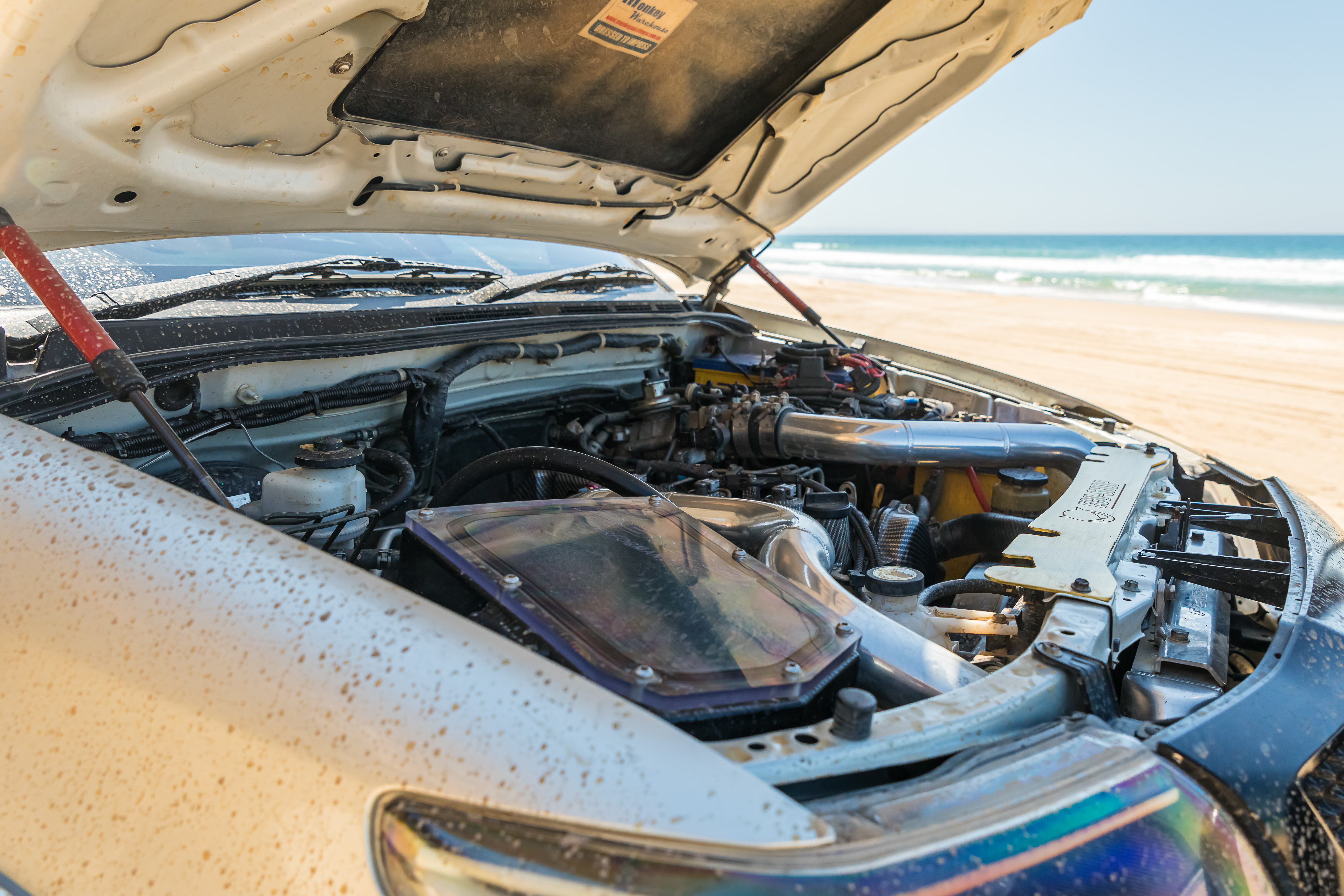
This is of course the age-old problem with internal-combustion piston engines. If you want to produce more power, you need to be able to move more air in to and through the engine. That is, increase its pumping capacity.
The most obvious and simple way to do this is to build an engine with a larger working capacity. Everything else being equal, a larger capacity engine will be able to pump more air, burn more fuel and therefore produce more power.
But larger capacity engines come with their own problems. They will be physically bigger and heavier, and take up more space, all considerable negatives in vehicle design. And they will be inherently more expensive to build if for no other reason than bigger capacity engines generally have more cylinders, therefore more moving parts to manufacture. Bigger engines also require more raw materials to make, regardless of the number of cylinders.
Plan B is to keep the engine the same capacity but to make it rev faster. A faster revving engine will obviously pump more air than a slower revving engine, everything else being equal.
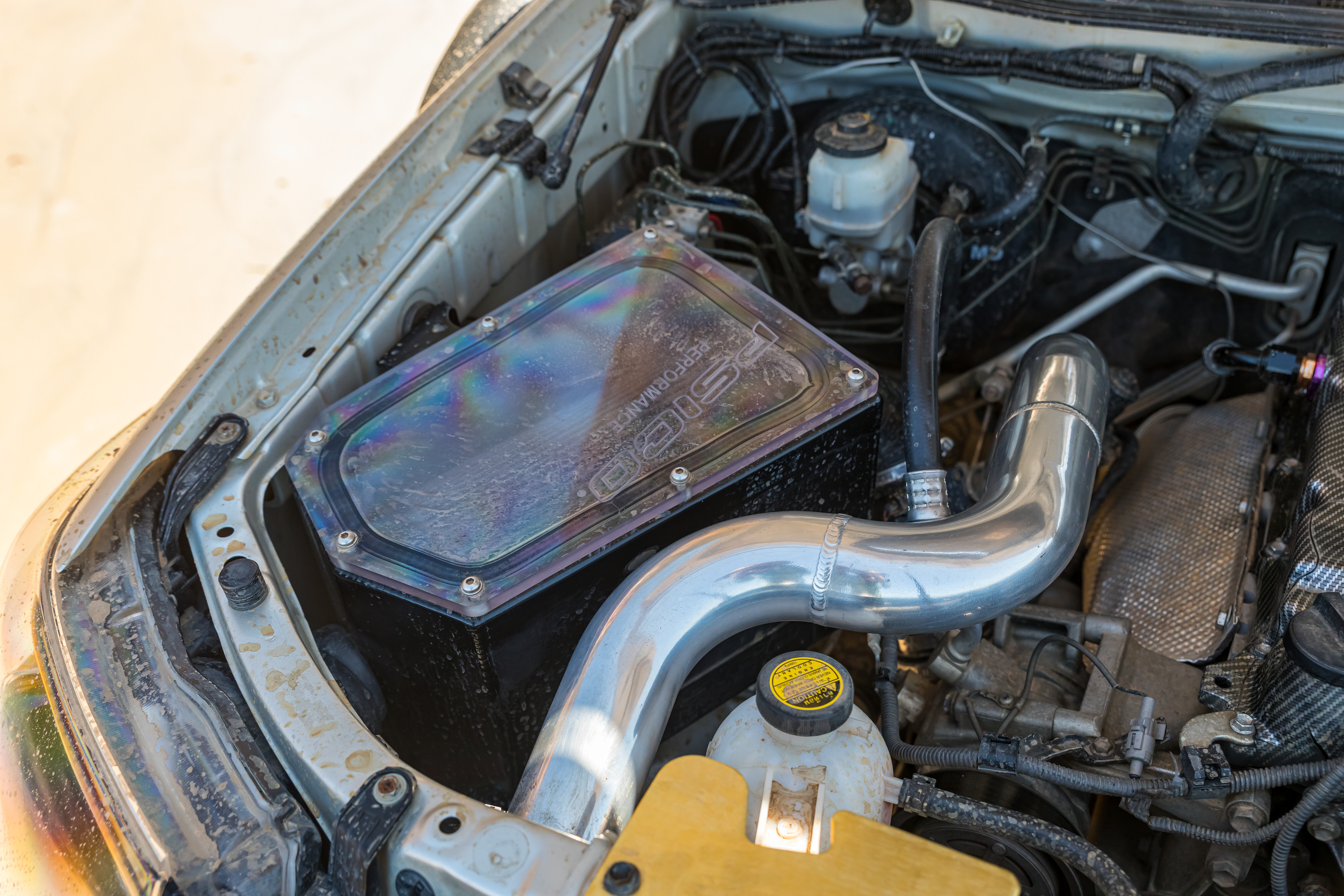
But there are problems here also. Higher engine speeds mean higher piston speeds and faster piston acceleration, both of which have attendant engine durability and reliability issues. Pumping efficiency will also decrease at higher engine speeds as there is less time to fill the cylinders with a fresh charge of air.
Plan C is to not use just one pump (i.e. the engine) but to add extra pumps to the system. Enter the turbocharger and the supercharger. Both turbochargers and superchargers are auxiliary pumps that increase the engine’s effective pumping capacity by feeding it with pre-compressed and denser air that contains more oxygen per unit volume than air at atmospheric pressure.
The difference between the two, of course, is that a turbocharger is driven by exhaust-gas pressure, while a supercharger is mechanically driven off the engine. Both arrangements have their inherent advantages and disadvantages.
Automotive diesel engines were miserable things until a turbocharger or two (or three!) helped make them a thing of wonder. Meanwhile, while normally aspirated petrol engines can perform admirably, turbocharging even a small capacity petrol engine can produce anything from a relaxed low-rpm grunter to a potent high-rpm screamer.
And while we may have reached ‘peak diesel’ in terms of technological development there’s probably a few tricks to come with petrol engines before the seemingly inevitable transition to the electric motor for automotive use.



